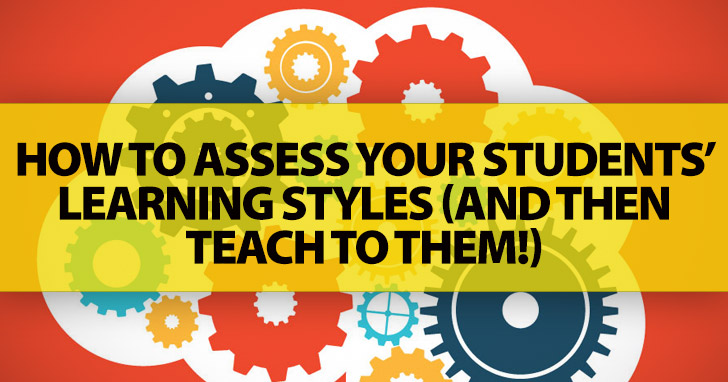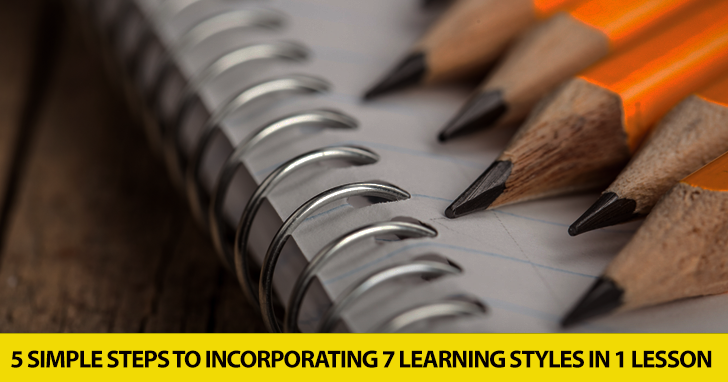This Might Make All the Difference in Your Classroom: Assess Your Students’ Learning Styles


You’ve thought about how to include them. But if you’re anything like me, when it comes to incorporating every learning style into every lesson, it’s a bit overwhelming. A bit bulky. A bit more than I might want to think about with every lesson I teach. If you’ve ever felt that way, I have good news for you. You don’t have to have seven special activities in every lesson to hit the learning style of each of your students. Here’s a simple five step process to make sure you cover all your bases (and styles).
Most likely when you give a lesson, you spend at least part of your time presenting information to your students. I know I’m not one for lecturing, but even keeping teacher talk time to a minimum I still spend some time explaining how English works to my students. If you do too, you’ve already reached out to two different style learners – the aural learners (who learn best though listening) and verbal learners (who learn best through words whether spoken or written and are your natural language learners anyway). With one simple part of your lesson, you’re almost a third of the way there.
While you are teaching, you are most likely making notes on your board. You should be. Because this is how your visual learners will connect with the information you are presenting. They learn best through their eyes, and seeing the rules of syntax on the board or reading the new vocabulary you are presenting will be great for connecting them with the language concepts you are teaching.
Now that you have presented your information in both spoken and written English, it’s time to get your students moving. This is where you can include an active game or any exercise that requires students to move. In so doing, your kinesthetic learners will thank you. They learn through movement, and getting their bodies involved in the lesson will help them connect with language.
You’ve presented the information to your class. You gave them some practice in a movement activity. Now, let them put the language you are teaching to use in a discussion. If you can, give your students discussion prompts that will elicit the structure you just taught or will require them to use the vocabulary they just learned. For example, if you were teaching the simple past, ask students to talk about what they did yesterday or last year. They will have to use the simple past as they discuss their activities. When you include a discussion in your lesson, your verbal learners will connect with the content again, but so will your social learners. These students learn best through interaction with others, and that is exactly what they will be doing when they talk with a classmate. Depending on what content you are teaching, you might want to give your students a problem to solve during their discussion. Problem solving appeals to logical learners. In our past tense example, you might say Jane is preparing a turkey dinner for Thanksgiving. What did she buy to get ready for the dinner? When you give students a problem to solve, your logical learners will love you for it.
Odds are you are going to assign homework to your students. Believe it or not, even this will appeal to one of the seven learning styles, this time the intrapersonal learners. These students like to work independently, and when you assign homework, these students will learn and connect with English while working on their own.
That’s all it takes. Five simple steps which you are probably already including in your lessons and each of the seven learning styles will be reached. But just because you can doesn’t mean you have to stop there. Here are some other ideas for appealing to each of the learning styles as you teach.
But you may be appealing to more learning styles than you realize in what you do. As long as you present your information, make notes on the board, assign homework, and include discussion time and some activity that gets students moving, you are teaching to the seven different learning styles. You don’t have to stop there, though. In the case of learning styles, more is better, and the more activities you include in your lesson, the better off your students will be.